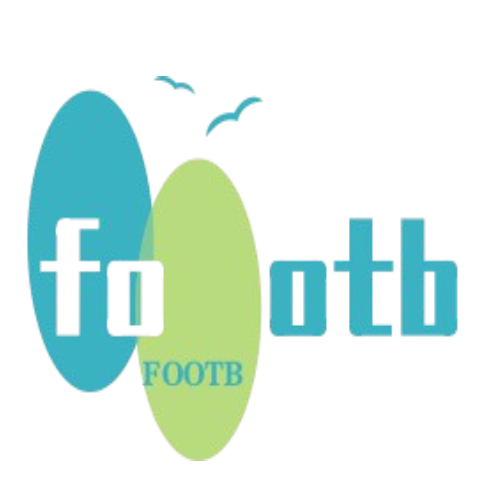In recent years, the emergence of global economic and political changes has brought about significant shifts in the world's power dynamics. One such shift is the rise of China as a major economic and military power, which has led to increased competition and pressure on other countries to adapt or face serious consequences. This has resulted in a new strategic leadership model for international midfields.
The first step in this strategic leadership model involves understanding the strengths and weaknesses of each country's midfielders. This requires analyzing the performance of individual players and identifying their areas of strength and weakness. By doing so, organizations can develop strategies that help them capitalize on their strengths while minimizing their weaknesses.
Another critical aspect of the strategic leadership model is communication and coordination among national teams. Effective communication between nations is essential for pooling resources, sharing knowledge, and coordinating efforts towards common goals. Coordination also helps to ensure that all stakeholders have a clear picture of what needs to be done and when it needs to be done.
One example of how the strategic leadership model has been applied in international football is the introduction of a new system for awarding World Cup medals. The system was developed by FIFA, a leading organization in the sport, with input from various national teams. This approach has helped to increase the competitiveness of the game and improve the quality of play at the highest level.
Another example is the development of a new system for awarding Olympic gold medals. In 2014, the International Olympic Committee (IOC) introduced a new system called the "Gold Medal System," which awards the medal based on a combination of factors such as speed, accuracy, and goal-scoring ability. This system has improved the competitiveness of the sport and has contributed to the growth of international football.
However, there are still challenges to overcome in implementing the strategic leadership model. One challenge is the need for countries to adopt the new systems and recognize the value of teamwork and collaboration. Another challenge is the need for countries to invest in developing their own midfields and fostering a culture of excellence.
In conclusion, the strategic leadership model for international midfields is a promising approach that can help organizations capitalize on their strengths while minimizing their weaknesses. However, there are still challenges to overcome in implementing the model effectively. As we continue to see more countries adopt the new systems, we can expect to see even greater improvements in the competitive landscape of international football.
